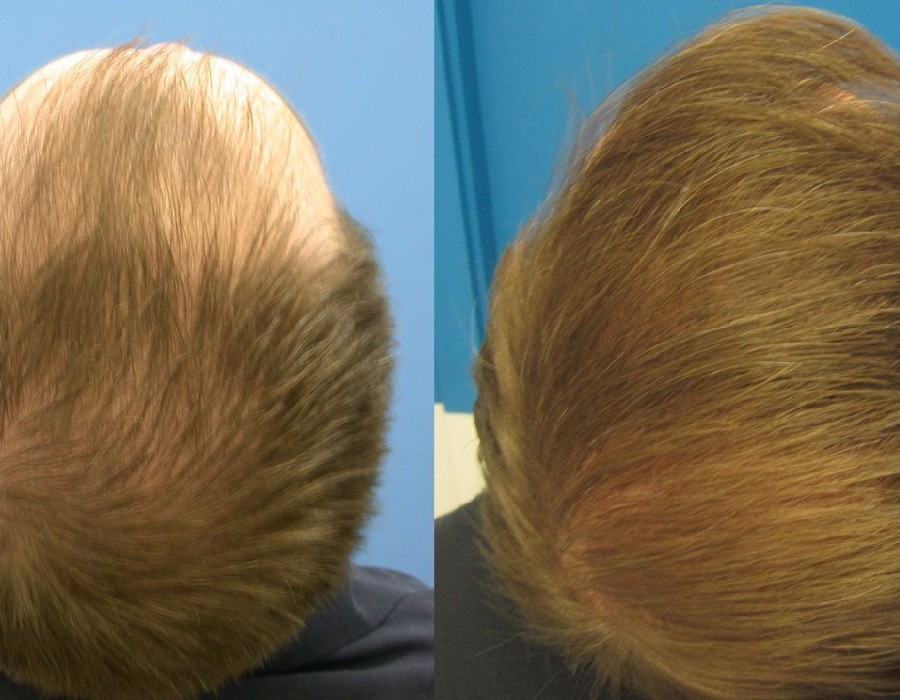Introduction
Recovering from a Follicular Unit Transplantation (FUT) hair transplant involves several crucial steps to ensure optimal healing and successful hair growth. Proper post-operative care and following your surgeon’s guidelines can significantly influence the recovery process and the overall results of the procedure. This article provides essential tips for a smooth and effective recovery after a FUT hair transplant in Islamabad.
Immediate Post-Operative Care
- Rest and Relaxation: After the surgery, it's important to rest and avoid any strenuous activities for the first few days to promote healing.
- Head Elevation: Keep your head elevated while sleeping for the first few nights to reduce swelling. Use pillows to prop up your head and upper body.
- Avoid Touching the Scalp: Refrain from touching, scratching, or rubbing the transplanted area to prevent dislodging the grafts and causing infection.
Medication and Pain Management
- Follow Prescriptions: Take all prescribed medications, including antibiotics to prevent infection and pain relievers to manage discomfort.
- Avoid Blood Thinners: Avoid medications and supplements that can thin the blood, such as aspirin and certain herbal supplements, as they can increase the risk of bleeding.
Proper Scalp Care
- Gentle Washing: Follow your surgeon’s instructions for washing your hair. Typically, you can begin gentle washing a few days after the surgery, using a mild shampoo and cool water.
- Avoid Direct Water Pressure: Do not allow direct water pressure on the transplanted area. Instead, use a cup or gentle shower stream to rinse the scalp.
- Pat Dry: Gently pat your scalp dry with a soft towel. Avoid rubbing or using a hairdryer on a high heat setting.
Managing Swelling and Discomfort
- Cold Compress: Apply cold compresses to the forehead and donor area to reduce swelling, but avoid placing it directly on the transplanted area.
- Hydration and Diet: Stay hydrated and maintain a balanced diet rich in vitamins and nutrients to support the healing process.
Activity Restrictions
- Avoid Strenuous Activities: Refrain from heavy lifting, rigorous exercise, and activities that cause sweating for at least two weeks to prevent complications.
- Protect the Scalp: Avoid exposure to direct sunlight and wear a loose-fitting hat if you need to go outside. UV rays can damage the healing skin and hair follicles.
Long-Term Care and Maintenance
- Follow-Up Appointments: Attend all scheduled follow-up appointments with your surgeon to monitor your progress and address any concerns.
- Avoid Hair Treatments: Avoid hair dyeing, chemical treatments, and haircuts for at least a month after the surgery.
- Healthy Lifestyle: Maintain a healthy lifestyle with a balanced diet, regular exercise, and avoiding smoking and excessive alcohol consumption to support hair growth.
Emotional and Psychological Support
- Realistic Expectations: Understand that it will take time to see the full results of your FUT hair transplant. Hair growth is a gradual process, and patience is key.
- Support System: Rely on friends, family, or support groups to help you through the recovery process. Sharing your experience and hearing from others who have undergone similar procedures can be comforting.
Conclusion
Recovering from a FUT hair transplant requires careful attention to post-operative care and a commitment to following your surgeon’s instructions. By adhering to these tips, you can ensure a smooth recovery, minimize the risk of complications, and achieve the best possible outcome from your Hair Transplant. Patience and proper care are essential components of a successful hair restoration journey.





Comments